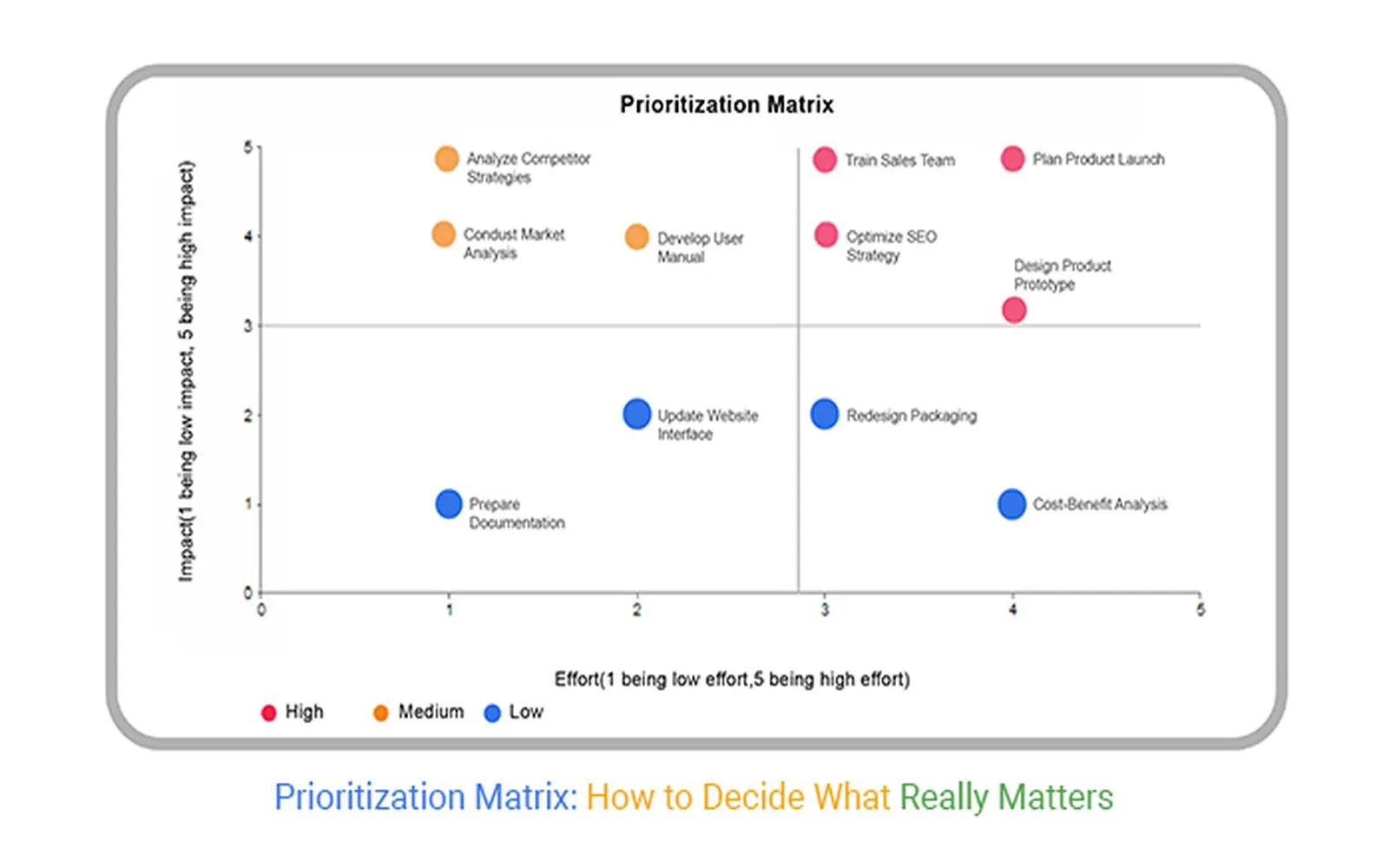When working as a team, prioritizing decisions can be a challenging task. One effective method for ensuring that everyone’s voice is heard and that decisions are made collaboratively is through the use of a ''Questions and Assumptions Activity''. This structured approach helps teams identify key issues and prioritize actions based on collective insights. Below, we delve into how to implement this activity while highlighting its benefits in decision-making.
Understanding the Questions and Assumptions Activity
The ''Questions and Assumptions Activity'' is a facilitation technique that encourages team members to articulate their concerns and the assumptions behind their thoughts. By doing so, it fosters a culture of open dialogue and collective intelligence. Here’s how to effectively conduct this activity:
Step-by-Step Guide to Conducting the Activity
1. ''Gather the Team'': Bring together all team members who are involved in the decision-making process. Ensure that everyone feels comfortable sharing their thoughts and ideas.
2. ''Set the Context'': Clearly define the decision or problem that needs to be prioritized. Providing context helps team members understand the significance of their contributions.
3. ''Create a Table for Questions and Assumptions'': Use a simple table format to capture all input. This visual aid helps in organizing thoughts and promotes clarity. Below is a sample table layout:
| Questions | Assumptions |
|---|---|
| What are the potential risks involved? | Assuming that all team members have the same level of understanding. |
| What resources do we need to execute this decision? | Assuming that funding will be available without verification. |
| How will this decision affect our stakeholders? | Assuming all stakeholder feedback has been collected. |
Encouraging Participation
Encourage all team members to fill out the table with their unique questions and assumptions. This ensures a diversity of perspectives and can lead to unexpected insights. Here are some tips to foster participation:
- ''Create a Safe Environment'': Make it clear that all input is valuable and that there are no wrong questions.
- ''Use Anonymous Input'': If necessary, allow team members to submit questions and assumptions anonymously to encourage honesty.
- ''Facilitate Discussions'': After collecting input, facilitate a discussion around the entries to clarify any misunderstandings and explore the implications of the assumptions made.
Analyzing the Inputs
Once the table is filled, it’s time to analyze the questions and assumptions. Here’s how to go about it:
1. ''Identify Patterns'': Look for recurring themes in the questions and assumptions. This can highlight areas of consensus or concern among team members.
2. ''Prioritize Questions'': Have the team rank the questions based on urgency and impact. This ranking can be done through voting or using a weighted scoring system.
3. ''Challenge Assumptions'': Discuss each assumption critically. Are they valid? What evidence supports or contradicts them? This process can lead to more informed decision-making.
Making Informed Decisions
With prioritized questions and critically evaluated assumptions, the team can now approach decision-making with clarity and confidence. Here are some best practices for making these decisions:
- ''Align Decisions with Goals'': Ensure that the chosen decision aligns with the team's overall objectives and mission.
- ''Consider Feasibility'': Assess the feasibility of the decision by considering available resources, timelines, and support needed.
- ''Document the Process'': Keep a record of the discussions, decisions made, and rationale behind them. This documentation will be valuable for future reference.
Benefits of the Questions and Assumptions Activity
Implementing the ''Questions and Assumptions Activity'' brings numerous benefits to team dynamics and decision-making processes:
- ''Enhanced Collaboration'': By involving all team members, the activity fosters a sense of ownership and collective responsibility.
- ''Improved Clarity'': The structured approach reduces ambiguity, ensuring that everyone is on the same page.
- ''Informed Decisions'': By addressing assumptions and prioritizing relevant questions, teams can make decisions based on comprehensive insights rather than gut feelings.
Conclusion
Prioritizing decisions as a team can be a daunting task, but using the ''Questions and Assumptions Activity'' can simplify the process. By encouraging open communication and critical analysis, teams can ensure that they make informed and collaborative decisions. This not only enhances the decision-making process but also strengthens team cohesion, ultimately leading to better outcomes.





